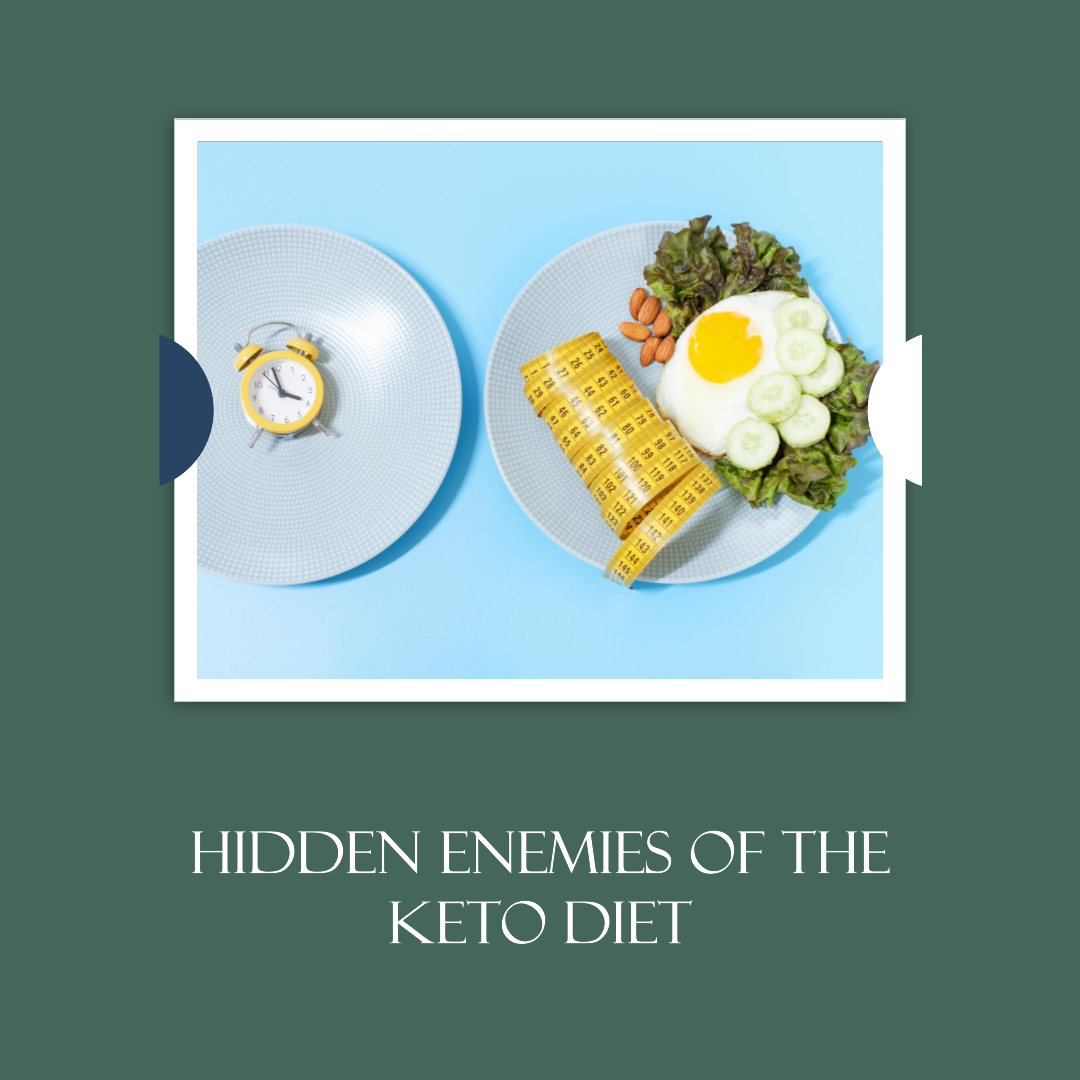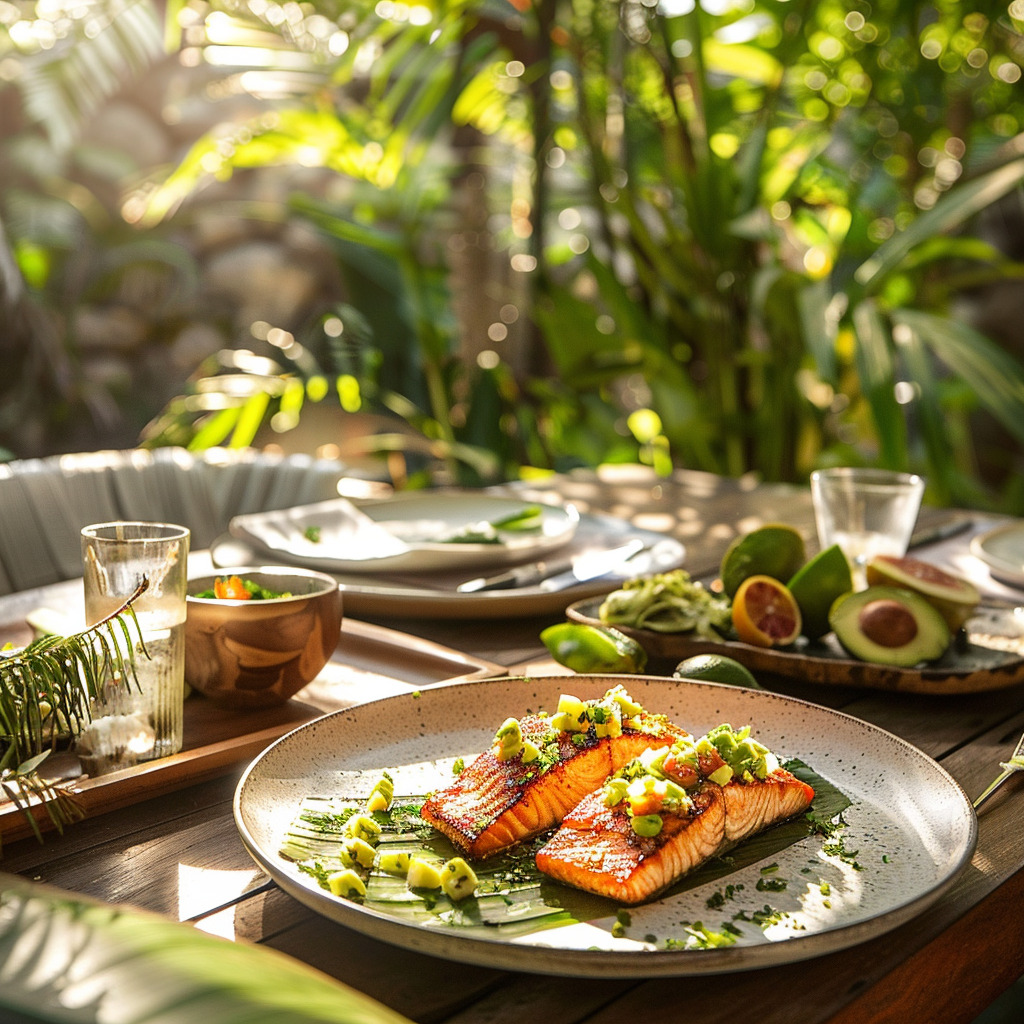
Are you ready to embark on a transformative weight loss journey? Look no further than the ketogenic diet plan, also called the keto diet, is designed to put your body into a state of ketosis. In this article, we’ll walk you through everything you need to know to kick-start your weight loss goals and achieve success on a keto diet.
The ketogenic diet plan revolves around consuming low carb foods that help your body enter a metabolic state called ketosis. By drastically reducing your carbohydrate intake and increasing your intake of healthy fats, you’ll shift your body’s primary fuel source from glucose to ketones. This metabolic switch can unlock a multitude of benefits, including rapid and sustained weight loss.
Within this guide, we’ll provide you with an extensive list of low carb foods that are ideal for your keto diet plan. You’ll discover delicious options such as meat, fatty fish, eggs, cheese, avocados, nuts and seeds, as well as nutrient-rich low-carb vegetables. These foods will fuel your body while keeping you in a state of ketosis, where fat becomes your primary source of energy.
So, if you’re ready to transform your body and embark on a remarkable weight loss journey, join us as we delve into the world of ketosis and unveil the ultimate keto diet plan for lasting success. Get ready to embrace a new way of eating and unlock the countless benefits of this powerful diet strategy.
Understanding the Keto Diet
What is the Keto Diet?
The ketogenic diet, commonly known as the keto diet, is a low-carb, high-fat diet. It’s designed to help your body enter a state of ketosis, where it burns fat for energy instead of carbohydrates. This diet plan for weight loss has gained popularity due to its effectiveness and the variety of tasty, low carb foods you can enjoy.
How Does the Keto Diet Work?
The keto diet works by shifting your body’s metabolic state into ketosis, a fascinating process that occurs when your body doesn’t have enough carbohydrates to burn for energy. Instead, it starts burning fat and producing ketones, which are small fuel molecules that can be used as a source of energy.
When you eat something high in carbohydrates, your body will produce glucose and insulin. Glucose is the easiest molecule for your body to convert and use as energy, so it will be chosen over any other energy source. Insulin is produced to process the glucose in your bloodstream by taking it around the body.

When glucose is used as the primary energy source, fats are not needed and are therefore stored. However, by lowering the intake of carbs, the body is induced into a state known as ketosis. Ketosis is a natural process the body initiates to help us survive when food intake is low. During this state, we produce ketones, which are produced from the breakdown of fats in the liver.
Achieving Metabolic Ketosis: The Key to a Successful Keto Diet
The ultimate goal of a properly maintained keto diet is to force your body into this metabolic state. We don’t do this through starvation of calories but through starvation of carbohydrates. Our bodies are incredibly adaptive to what you put into it – when you overload it with fats and take away carbohydrates, it will begin to burn ketones as the primary energy source.
This metabolic shift can lead to rapid weight loss and other health benefits. It’s not uncommon to see improved energy levels, better mental focus, and a decrease in appetite when following a keto diet. However, it’s important to note that everyone’s body reacts differently, and these benefits may vary from person to person.
In essence, the keto diet is all about balance and understanding how your body uses different nutrients for energy. By focusing on high-fat, low-carb foods, you can encourage your body to become more efficient at burning fat for energy, which can ultimately support your weight loss goals and improve overall health.
The Importance of Knowing What Not to Eat on a Keto Diet
Understanding what to avoid is just as important, if not more so, than knowing what to eat on a keto diet. Consuming the wrong foods has the potential to quickly disrupt ketosis and hinder your progress. This occurs because if you consume excessive carbohydrates, which are abundantly present in certain foods, your body will revert to burning glucose for energy.
When following a keto diet plan, it is crucial to significantly reduce your carbohydrate intake. By doing so, your body enters a metabolic state called ketosis, where it burns both dietary and stored body fat for energy. However, even small amounts of high-carb foods can disturb this metabolic state and slow down the process of burning fat.
Beware Hidden Carbs
Moreover, some foods might seem low-carb, but they contain hidden carbs that can add up and interfere with ketosis. For example, certain types of dairy, vegetables, and fruits might seem healthy, but they can be high in carbs. Processed foods and drinks can also contain added sugars and carbs that aren’t immediately obvious.
Understanding what not to eat on a keto diet also helps you make healthier food choices in general. It encourages you to eat whole, nutrient-dense foods and avoid processed foods that can be high in carbs, sugars, and unhealthy fats. This not only supports your keto diet but also contributes to overall health and wellbeing.
Being aware of what not to eat on a keto diet is a crucial aspect of successfully following this diet plan for weight loss. It helps you maintain ketosis, make healthier food choices, and ultimately reach your health and weight loss goals.
Foods to Avoid on a Ketogenic Diet
Sugary Foods

Sugar is the number one enemy of the keto diet. Foods high in sugar, such as sweets, fizzy drinks, and desserts, can quickly exceed your daily carb limit and disrupt ketosis.
Starchy Vegetables
Not all vegetables are created equal in the world of keto. Starchy vegetables like potatoes, sweet potatoes, and corn are high in carbs and should be limited or avoided.
Grains and Whole Grains
While grains and whole grains are often touted as healthy, they’re not suitable for a keto diet. Foods like bread, pasta, rice, and oats are high in carbs and can interfere with ketosis.

Legumes and Beans

Despite their health benefits, legumes and beans are high in carbs and should be avoided on a keto diet. This includes foods like lentils, chickpeas, and kidney beans.
High-Sugar Fruits
Although fruits are generally considered healthy, certain fruits, such as bananas, grapes, and mangoes, contain high amounts of sugars that can disrupt ketosis. It is advisable to consume these fruits in moderation.
Alcohol
Alcohol, particularly sweetened and carb-heavy drinks, can interfere with ketosis. If you choose to drink, opt for low-carb options like dry wine or spirits.
Common Mistakes to Avoid When Following a Keto Diet
As with any diet, there are common pitfalls that can hinder your progress on the keto diet. These include not tracking your carb intake, consuming hidden carbs, and not eating enough fats. Being aware of these mistakes can help you stay on track with your keto diet plan.
Tips for a Successful Ketogenic Diet
Successfully following a keto diet involves more than just avoiding certain foods. It’s also about making sure you’re eating enough fats, getting adequate protein, and staying hydrated. Remember, consistency is key to achieving and maintaining ketosis.
Your Keto Journey
Embarking on a ketogenic diet is a journey of discovery, learning not just about the foods you should eat, but also those you should avoid. It’s a lifestyle change that can lead to significant health benefits, including weight loss, improved energy levels, and better overall health.
If you’re ready to take the next step in your keto journey, sign up for our newsletter for more tips and recipes. We’re here to support you every step of the way as you explore the benefits of a keto lifestyle.
Frequently Asked Questions
What can I eat on a keto diet?
On a keto diet, you should focus on foods high in healthy fats and low in carbs. This includes foods like meat, fatty fish, eggs, cheese, avocados, nuts and seeds, and low-carb vegetables.
How many carbs can I eat on a keto diet?
The exact number can vary, but typically, you should aim to keep your carb intake below 50 grams of net carbs per day. Some people might need to go lower to enter ketosis.
Can I eat fruit on a keto diet?
While fruits are generally high in carbs and should be eaten sparingly, there are some fruits you can enjoy on a keto diet. Berries, for example, are low in carbs and high in fibre.
How do I know if I’m in ketosis?
There are several signs that you might be in ketosis, including weight loss, increased focus and energy, suppressed appetite, and potentially the “keto flu,” which can include symptoms like headache, fatigue, and nausea. You can also use ketone test strips to measure your ketone levels.




